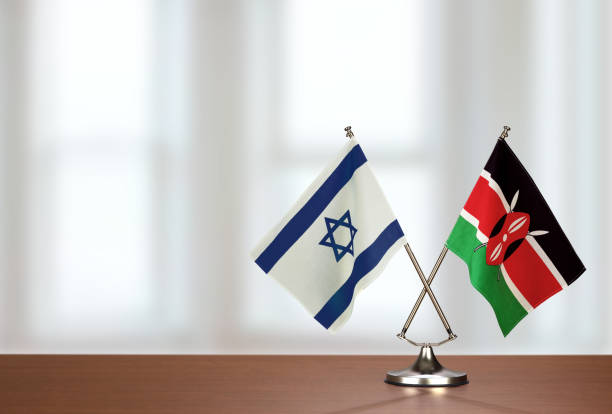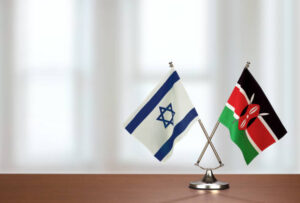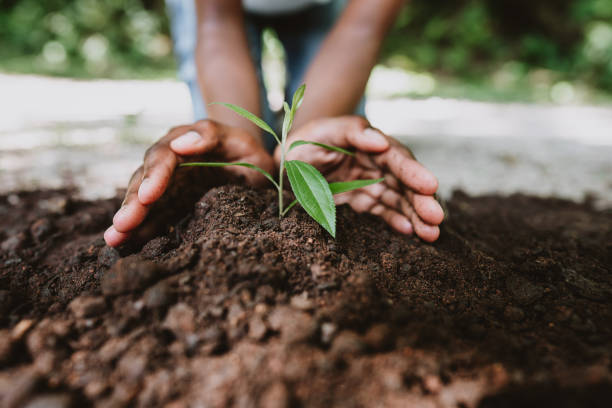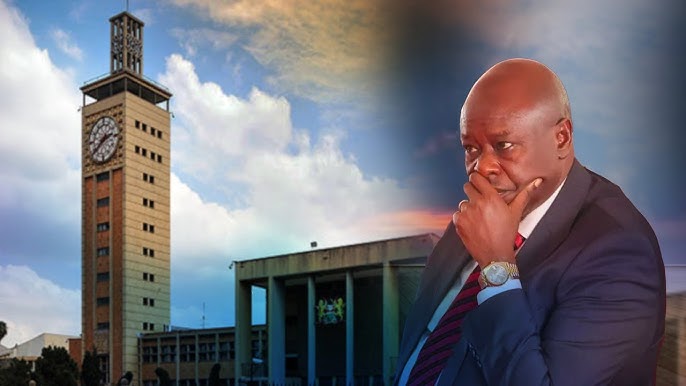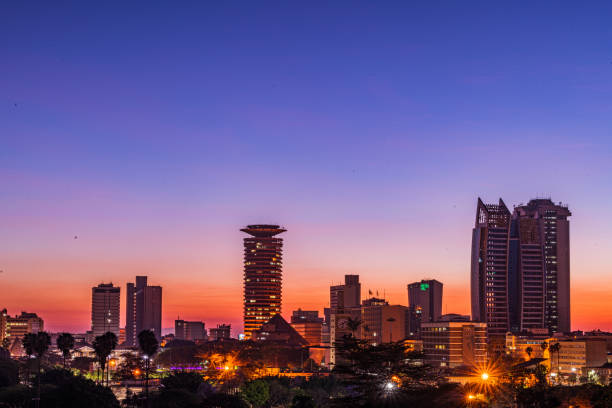In 2024, linking PayPal to M-PESA has become a crucial step for many individuals and businesses in Kenya. This integration allows for seamless transactions, making it easier to manage finances and access global markets. This blog will provide a step-by-step process on how to easily link PayPal to M-PESA, while also explaining why having a PayPal account in Kenya is increasingly important.
Why Having a PayPal Account in Kenya in 2024 is Important
Having a PayPal account in Kenya provides several benefits. Firstly, it opens the door to international transactions, allowing users to send and receive payments globally. This is especially useful for freelancers and businesses looking to reach clients outside of Kenya. Secondly, PayPal enhances security by protecting sensitive financial information during transactions. Finally, as e-commerce continues to grow in Kenya, accepting PayPal payments becomes essential for staying competitive.
What is M-PESA PayPal?
M-PESA PayPal refers to the service that enables users to link their PayPal accounts with their M-PESA wallets. This service allows users to transfer funds between PayPal and M-PESA, facilitating easy withdrawals and top-ups. With M-PESA PayPal services, users can access their PayPal funds quickly and convert them into Kenyan Shillings.
What Charges Will Apply for Withdrawal/Top-Up Service?
When using the PayPal to M-PESA service, certain charges may be incurred. Typically, these charges include:
- Withdrawal Fees: A fee may be applied when transferring funds from PayPal to M-PESA. This fee often depends on the amount being withdrawn.
- Top-Up Fees: There may also be a fee for topping up your M-PESA account from PayPal. These fees can vary, so users are encouraged to check the latest fee structures on both PayPal and M-PESA platforms.
Do I Have to Create an Account to Use This Service?
Yes, it is necessary to create an account to use the PayPal to M-PESA service. Users must have an active PayPal account as well as an M-PESA account. You need to link both accounts to facilitate transactions. Fortunately, you can create these accounts in just a few minutes.
How Do I Link My M-PESA Account to PayPal? (New PayPal Accounts)
Linking your M-PESA account to PayPal involves a few simple steps:
- Create a PayPal Account: Visit the PayPal website or download the PayPal app. Follow the prompts to create a new account, entering your personal details, including an email address and password.
- Verify Your Email: After account creation, a verification email will be sent. Clicking the link in the email will confirm your email address.
- Add Bank Information: Users are prompted to add bank account information. This step is crucial for verifying your account.
- Access the M-PESA Link: Log in to your PayPal account and navigate to the “Transfer” section. Look for the option to link M-PESA.
- Enter M-PESA Details: Input your M-PESA phone number and any additional information required to complete the linking process.
- Confirm the Link: A confirmation message will indicate that your accounts have been successfully linked.
How Do I Withdraw to M-PESA?
Withdrawing funds from PayPal to M-PESA is simple. The steps include:
- Log In to PayPal: Begin by logging into your PayPal account.
- Navigate to Transfer Funds: Find the “Transfer Funds” option, typically located in the main menu.
- Select M-PESA for Withdrawal: Choose M-PESA as the destination for your withdrawal.
- Enter Withdrawal Amount: Specify the amount you wish to withdraw.
- Confirm the Transaction: Review the details and confirm the withdrawal. A notification will confirm that the transfer was successful.
How Do I Top Up the Account?
Topping up your M-PESA account from PayPal is straightforward:
- Log In to PayPal: Access your PayPal account.
- Select the Top-Up Option: Go to the “Top-Up” or “Add Funds” section.
- Choose M-PESA: Select M-PESA as the method for adding funds.
- Enter Amount: Specify the amount to be added to your M-PESA account.
- Confirm the Top-Up: Review the transaction details and confirm. The funds will be credited to your M-PESA account shortly.
How Long Does It Take to Receive Funds After Withdrawal?
The time taken to receive funds after a withdrawal can vary. Generally, users can expect to see the funds in their M-PESA accounts within a few minutes to a couple of hours. However, delays may occur due to technical issues or high transaction volumes. Therefore, it is advisable to check both platforms if funds do not appear as expected.

How Do I Know When the Funds Have Been Credited to My Account?
Once the funds have been transferred, a notification will typically be sent to your M-PESA account. Additionally, users can check their M-PESA balance through the M-PESA app or by dialing the relevant shortcode. Keeping an eye on notifications is crucial to confirm successful transactions.
What is the Maximum Amount I Can Withdraw or Top Up?
The maximum amount you can withdraw or top up varies based on specific regulations and terms of service from PayPal and M-PESA. You can usually find daily transaction limits in the official guidelines of both platforms. Users should consult these guidelines to understand the specific limits applicable to their accounts.
Who Does a Customer Call in Case of Any Queries?
For any queries regarding the PayPal to M-PESA service, customers can contact the customer support services of either PayPal or M-PESA. Each platform provides dedicated support channels, including hotlines and email support. Additionally, both platforms often have FAQs on their websites that may provide answers to common questions.
Read more about: How to Import via Alibaba
Conclusion: The Importance of Linking PayPal to M-PESA
In conclusion, linking PayPal to M-PESA provides users in Kenya with significant advantages in 2024. The process is straightforward, enabling users to manage their finances efficiently. As digital transactions become increasingly vital, you must integrate a PayPal account with M-PESA to access global markets and enjoy secure transactions. By following the steps outlined in this blog, users can easily link their PayPal accounts to M-PESA and take full advantage of the benefits offered by this integration.


